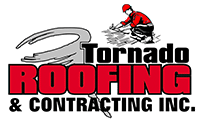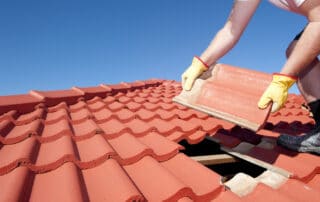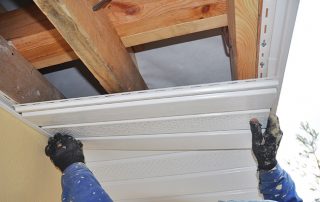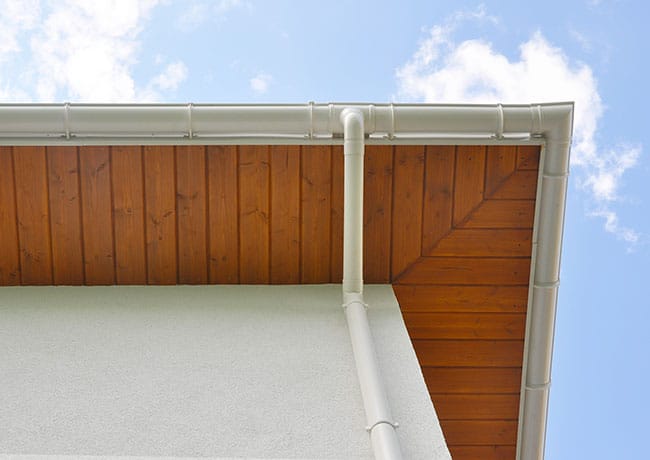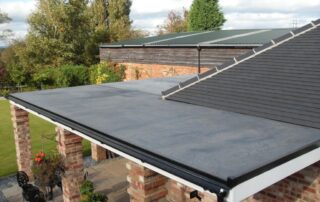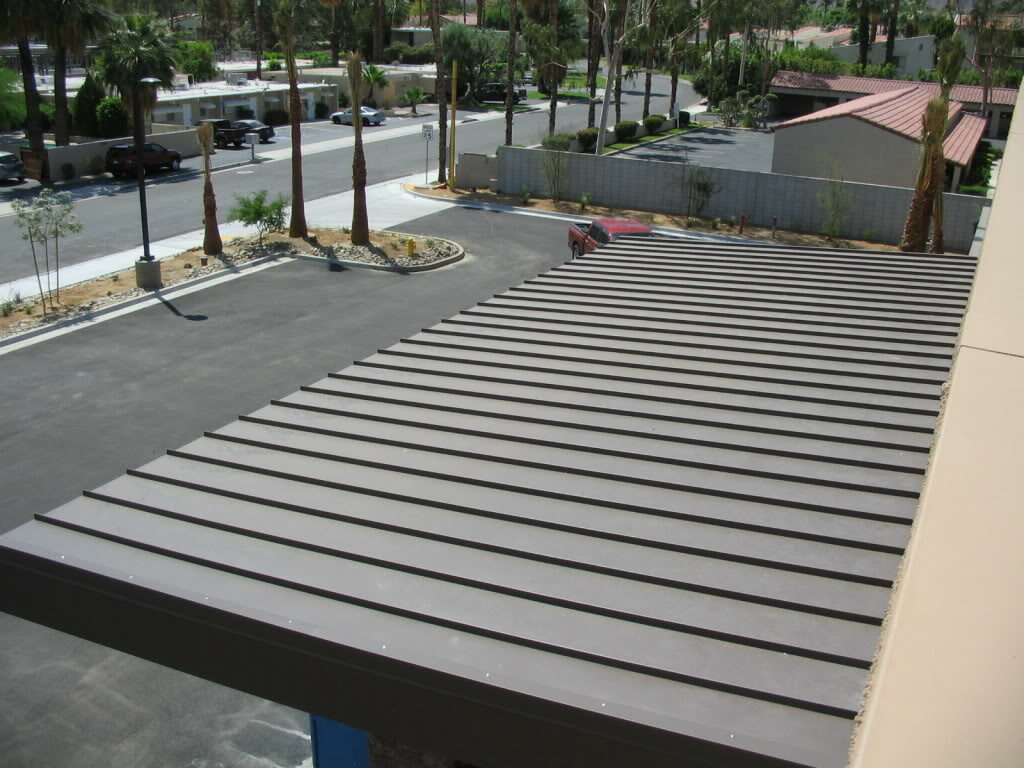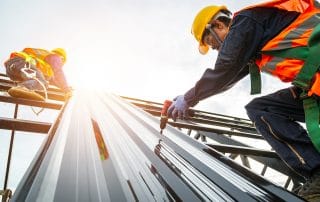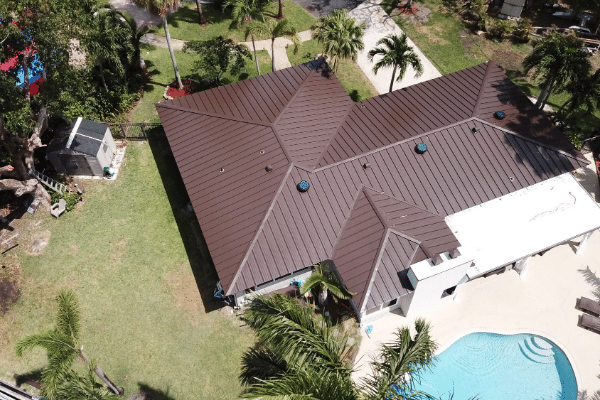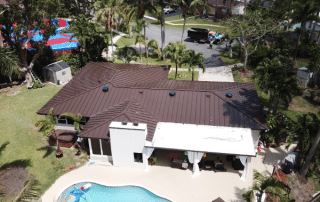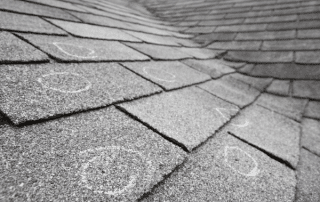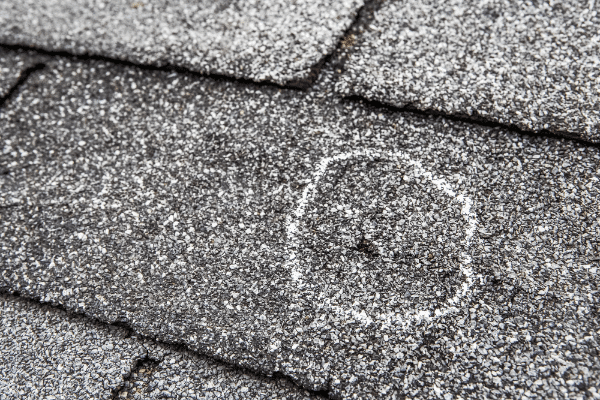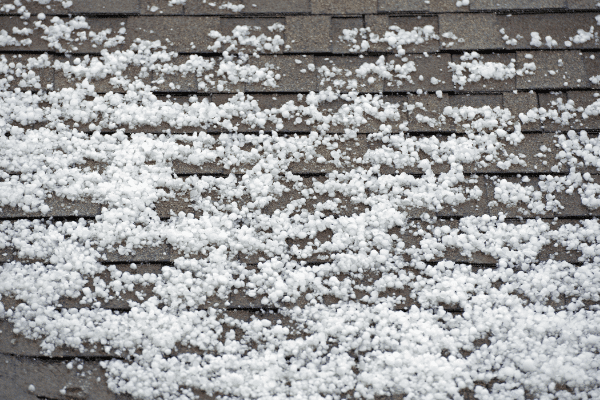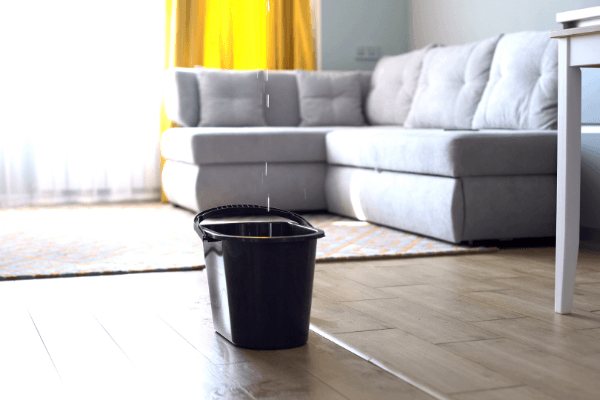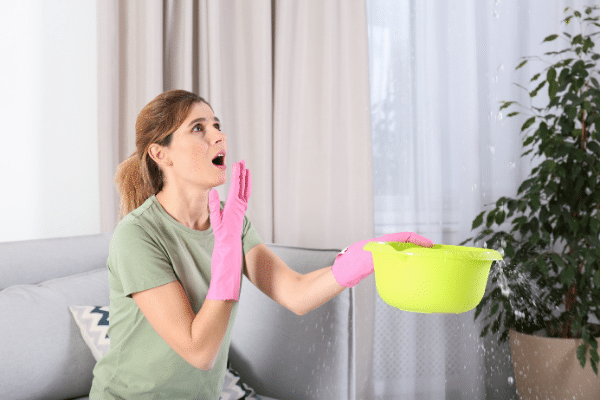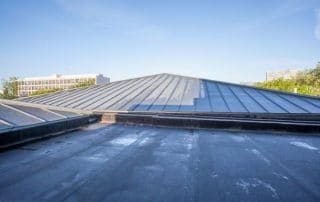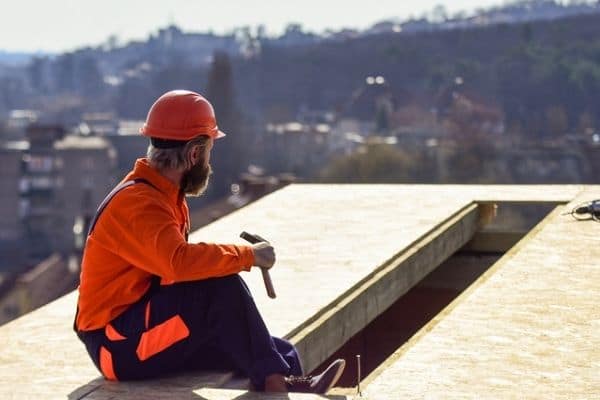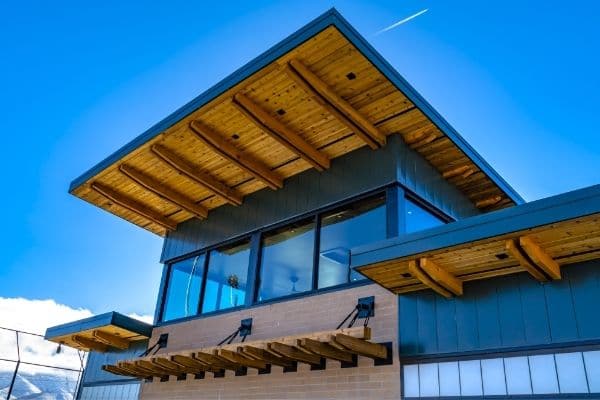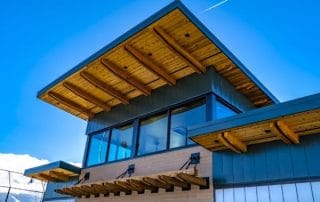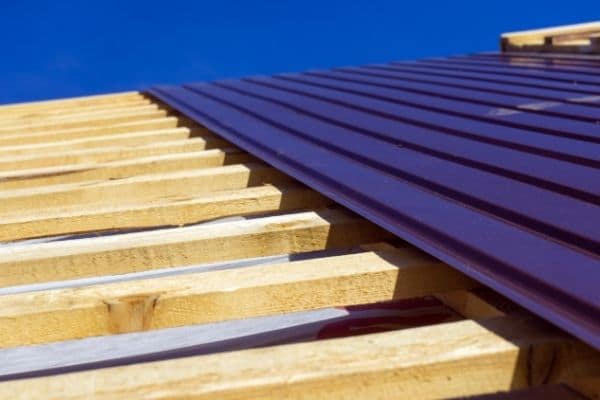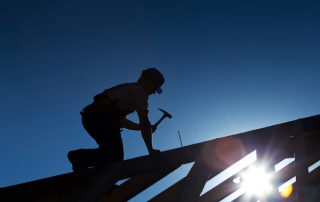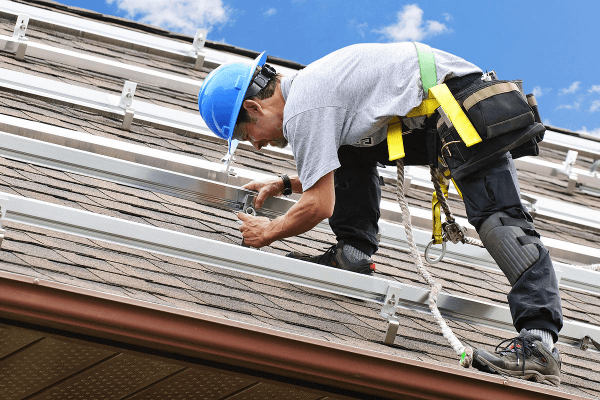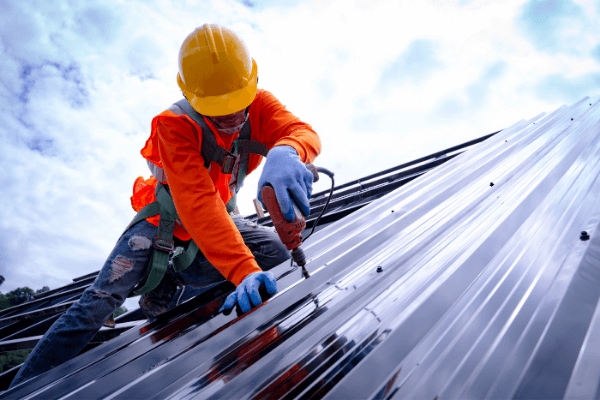How to Get a New Roof From Insurance
For a place that gets intense tropical cyclones like Florida, it’s always wise to get insurance cover for your home. Your roof will be guarding against hurricane and storm winds that will inevitably contribute to its damage. This can happen overnight or after a while. Also, the sun rays and other weather variations destroy roofs over time. A roof cover ensures you are safe from any unforeseen damage or destruction of your roof.
As a roofing expert, we encourage our clients to get insurance cover that they can claim when tragedy strike. One of the questions they often ask us is how they can go about the claiming process. By the end of this article, you will understand how to get a new roof from your insurer without the hassle. Meanwhile, let’s have a quick recap of why you need a roof insurance cover.
Reasons Why You Should Insure Your Roof
Over time, your roof will develop issues like roof leaks, shingles littering, and gutters rusting. The damages might be due to the growth of lichen and moss, or missing granules on the roof shingles edges. The problem is that you may not notice a roof problem on time and the issues may cause severe damages to the roof. Even worse, this can lead to compromises in the structural integrity of your house.
The cost of repairing or replacing roofs in such situations is very high. This is where roof insurance comes in. The insurance company provides security and safety against any sudden damage or destruction that you are unable to shoulder. But always remember that you are only covered as per the terms in the policy you signed. So, how do you get a new roof from your insurance?
Understand Your Roof Problems and Their Causes
The journey starts by identifying the problem with your roof and the cause of the problem. You should always take preventive measures on your roof to avoid major damages. Carry a roof inspection at least twice a year without fail. This way, you avoid high fixation costs or even total replacement costs. On the same, you will avoid colliding with your roof insurance company for being negligent.
Damaged Roof Flashing
These are steel or aluminum galvanized sheets installed beneath the shingles. They run over the joints of your roof to protect its internal structures from water damage. Damage is most common along the roof joints. This includes around the vents penetrating the roof, skylights, and chimneys.
You know your home has a torn roof flashing when water leaks in your house, you spot rust on flashing, the roof starts sagging or buckling.
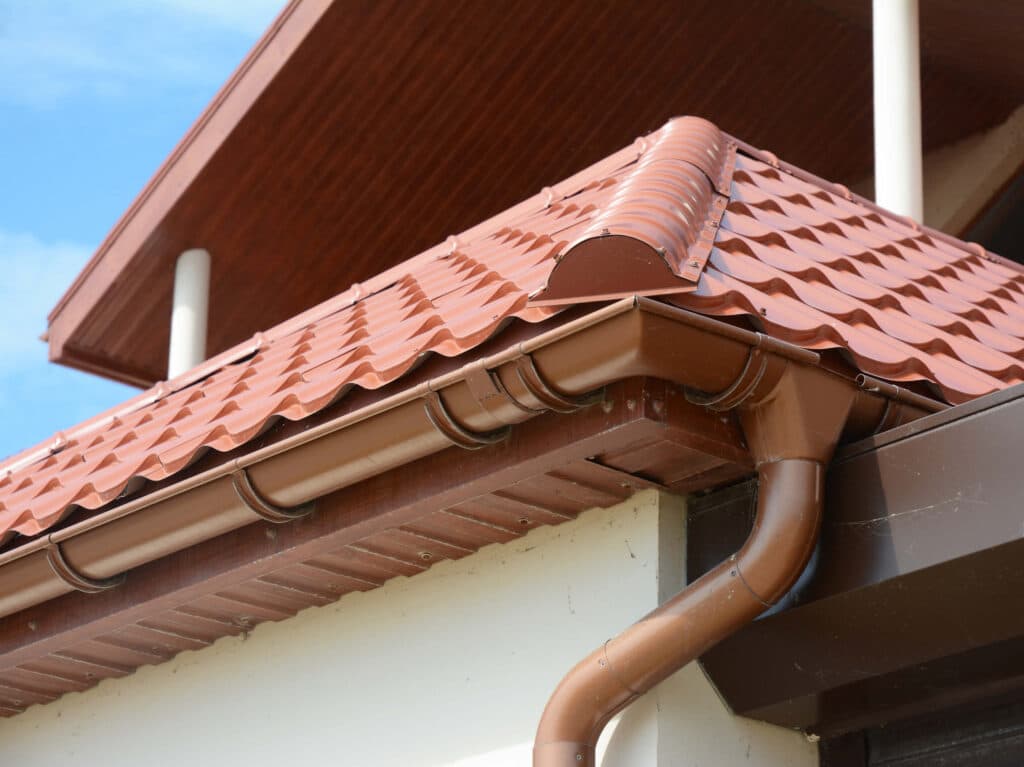
Roof Hail Damage
Hail damage is yet another sign of roof damage that is hard to spot. How do you identify hail damage on your roof?
- You see cracks on your roof shingles
- Shingles have broken granules or are missing
- It has roof punctures
- It has circular cracks – may be marks of large hails
- Dents on the roof or windows – as a result of hail hitting
- Your roof has a clogged gutter system
All these are likely to cause damage to the or even the tiles, which eventually cause water leakages.
Roof Water Damage
Your shingles suffer hits from hails which cause all manner of damages. Shingles may break, crack, or shift positions if the wind is involved. As a result, you’ll experience water leaks to the inside of your roof. This later translates into stains on your ceiling and weakening of the internal structure of the roof, which will demand its replacement.
When water gets into the inside of your home, you’ll start experiencing the growth of stuff like molds, fungus infections, moss, mildew, rot, and decay.
Roof Fungus Damage
Rooftops that experience humid weather for long periods will be affected by fungus damage especially if the drainage is not good. They may develop molds, algae, and moss on your rooftops. Here are some of the signs your roof has fungus damage:
- Black green speckles – algae
- Green cover that has a fuzzy texture – moss
- Either black, pink, or grey powder – mildew
- Brown, dark-green or black blotches – mold
Fungus might look harmless to your roof at first but leads to significant damage with time. They eat up the roof material or weigh it down, causing water leaks that will make your roof even weaker.
Roof Wind Damage
Strong winds destroy weak roofs. You will hardly notice wind damage unless it’s massive destruction.
The following, among other issues, are a sign that wind is damaging your roof:
- Damaged gutters
- Loose, broken, or even missing shingles
- Heaped debris on your rooftop
- Damaged fascia
- Torn tiles
If you note any of these or other types of roof damage, you can first revisit your roof policy terms. See if it covers you from the damage or destruction caused.
Reasons Your Roof Claim May Be Denied
Not every insurance claim goes through. Your insurer may fail to compensate you for reasons like:
Age of Your Roof
If the damage to your roof results from neglect or wear and tear, most insurers won’t renew your policy. They term it as your general maintenance responsibility. Also, your insurer may not cover old roofs, especially those over 20 years old. They usually have limited coverage, if any. In this regard, insurers first inspect your house before it renews a policy.
In short, your insurance company won’t give you a better roof than what you have. If you had a wood shakes roof, you would not get a clay, concrete, or slate roof. Your insurer will cover your roof only if the act of nature or sudden accident caused it. All the same, a reputable insurer should explain all their policy terms before you sign for a cover.
The Location of Your House
The location of your house has a significant impact on your policy terms. It is an insurance cost determinant, and whether you can insure it at all.
For example, if you live in an area prone to disasters, an insurance company may avoid renewing your policy. It includes areas with tropical storms, hurricanes, and wildfires.
In turn, your insurer may reflect by charging more for its premium.
Other reasons your claim may fail include:
- If you pay several claims for the same roof
- In case you do not disclose the existing damage before signing the dotted line
- If you have acted fraudulent, that is, giving the wrong value of your roof
Generally, the location you dwell in may affect the terms of policy. It will also determine whether an insurer will renew your policy or not. So, it will be better to understand what a given policy covers.
Understand Your Roof Policy Terms
When you sign up for an insurance cover, that’s what you’ll get during your claim. Insurance agencies offer two roof insurance types which are:
- Repair insurance – the cover partly covers a particular percentage of damage caused to your roof
- Replacement coverage – this type covers the total replacement of your roof. That is, in case the damage caused is unfixable, they pay for a roof replacement.
Of these two, replacement coverage is the most comprehensive. It will cover the cost of a completely new roof. Thus, it is quite expensive. More so, it involves more paperwork than the repair cover. Thus the reason it is hard to get it accepted. Have you been paying for repair or replacement cover?
Before you file a roof insurance claim, you should first revisit its terms. If you have a bothering issue with your coverage, consult your insurance agent.
Document the Roofing Claim and Call Your Insurer
When you want to claim insurance for your roof, ensure all your documentation and paperwork are in order. Here are some of the things you need to do.
Collect all the Possible Evidence
Here, you need to collect a lot of data. You will have to take lots of photos, both in the exterior and in the interior of your roof. Your goal here is to cover every scene to make your claims smooth and straightforward.
Dates are also crucial as most insurers need that you submit your claim within a given timeframe. Most agencies will ask you to file claims within 15 days from the day the event occurred. In other words, it is safer to know your insurance agencies’ protocols. When you know what to do, you avoid claim denial.
Write an Explanation of Needed Repairs
If possible, get your explanation from a professional like your roofing contractor. It helps confirm your roof insurance claim.
Call your insurer
Your insurer will at this point appoint a claim adjuster to come and inspect your roof damage. After inputting data, the adjuster will come up with your roof value. This will determine what your policy will cover. Your roofing contractor will go with the adjuster as your eye.
Hire a Reputable Roofing Company – Get a New Roof
Once you file all the necessary documents and are through, you can now have your roof replaced. For roof repair or replacement, you should hire a reputable contractor well known for roof repairs, Installation, and Replacement. You should also hire one who has worked with roofing insurance before and has a good track record. A professional roof company will not just give you a good experience but will save you the hassle that comes with such a project. Contact us at Tornado Roofing for the best service.
How to Claim a New Roof from Insurance: FAQs
How do insurance claims work for roofs?
The older the roof gets, the higher its value depreciates. Thus, your insurer will cover the actual value of your roof when wear and tear occurs. You should, though, confirm with your insurance company.
Should I call an insurance company or roofer first?
First, call your roofing contractor to first assess your roof’s damages. Your contractor will help you follow up on the work of the insurance adjuster.
What do roof adjusters look for on roofs?
Roof adjusters look for:
- The age of your roof
- Whether all appliances are well installed damaged or have missing shingles
- Whether your contractor installed your roof well
From his data, the insurance company will know what it should cover.
Still Don’t Know How to Go About Roof Insurance?
The journey to get a new roof from an insurance company is hectic, but in your case, it shouldn’t. All you need is the understanding of the policy you signed, documenting every detail required, and approaching your insurer with facts and within time. In this guide, you learned how roof insurance works, including roof issues and their causes, and how insurance helps, the differences between repair coverage and replacement coverage, how to handle roofing insurance paperwork. Feel free to reach out to us at Tornado Roofing to make everything clearer.
